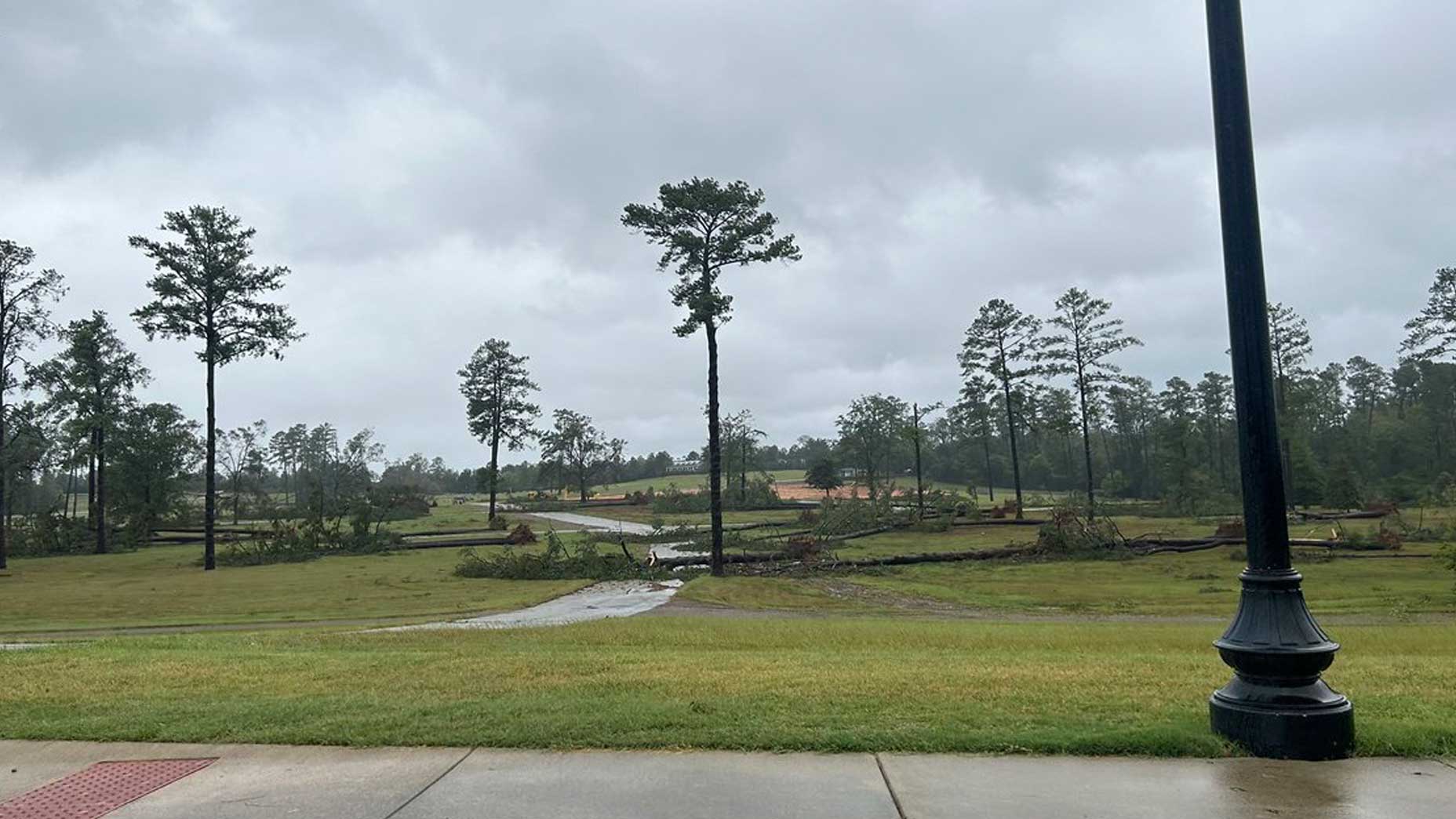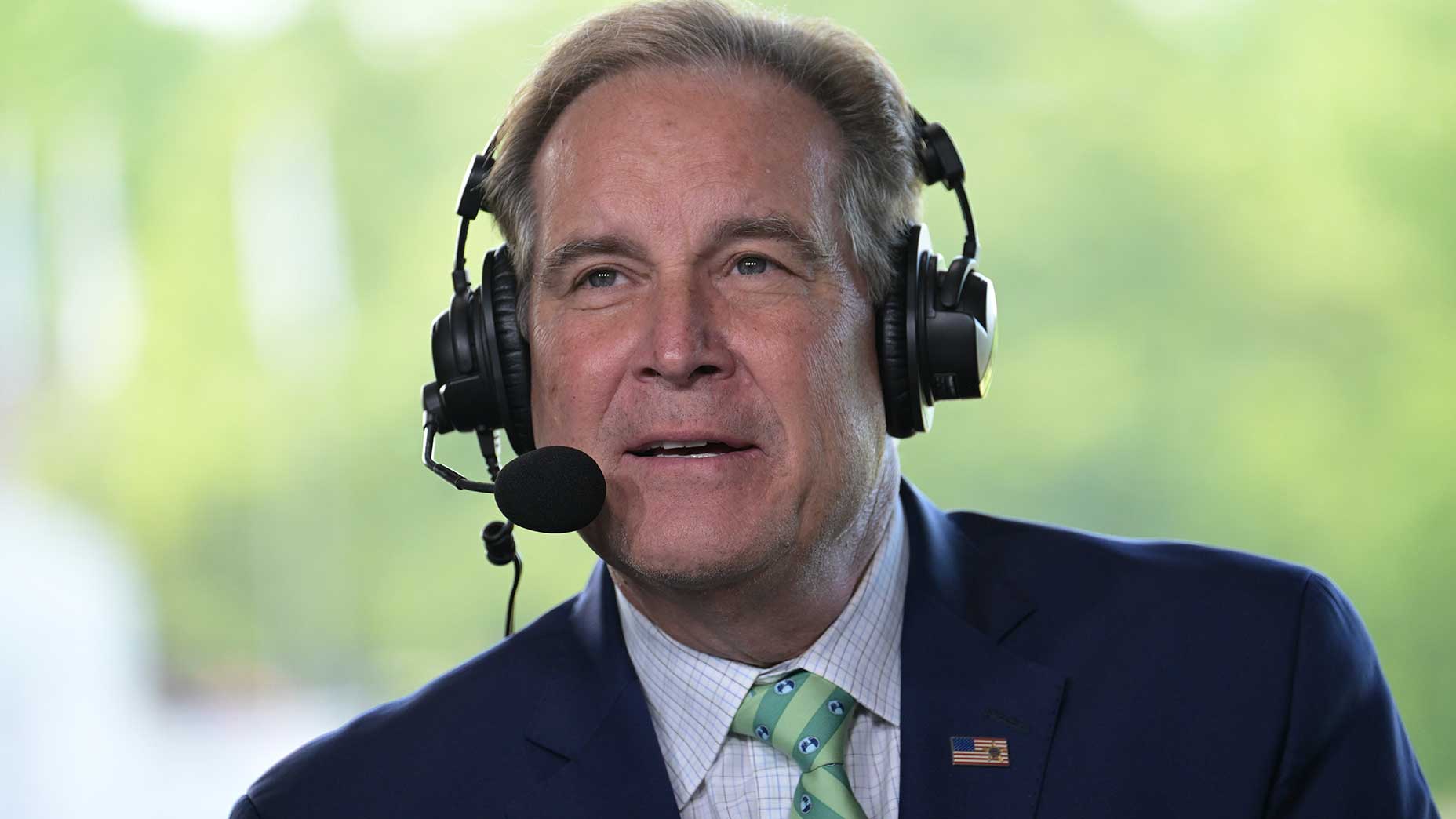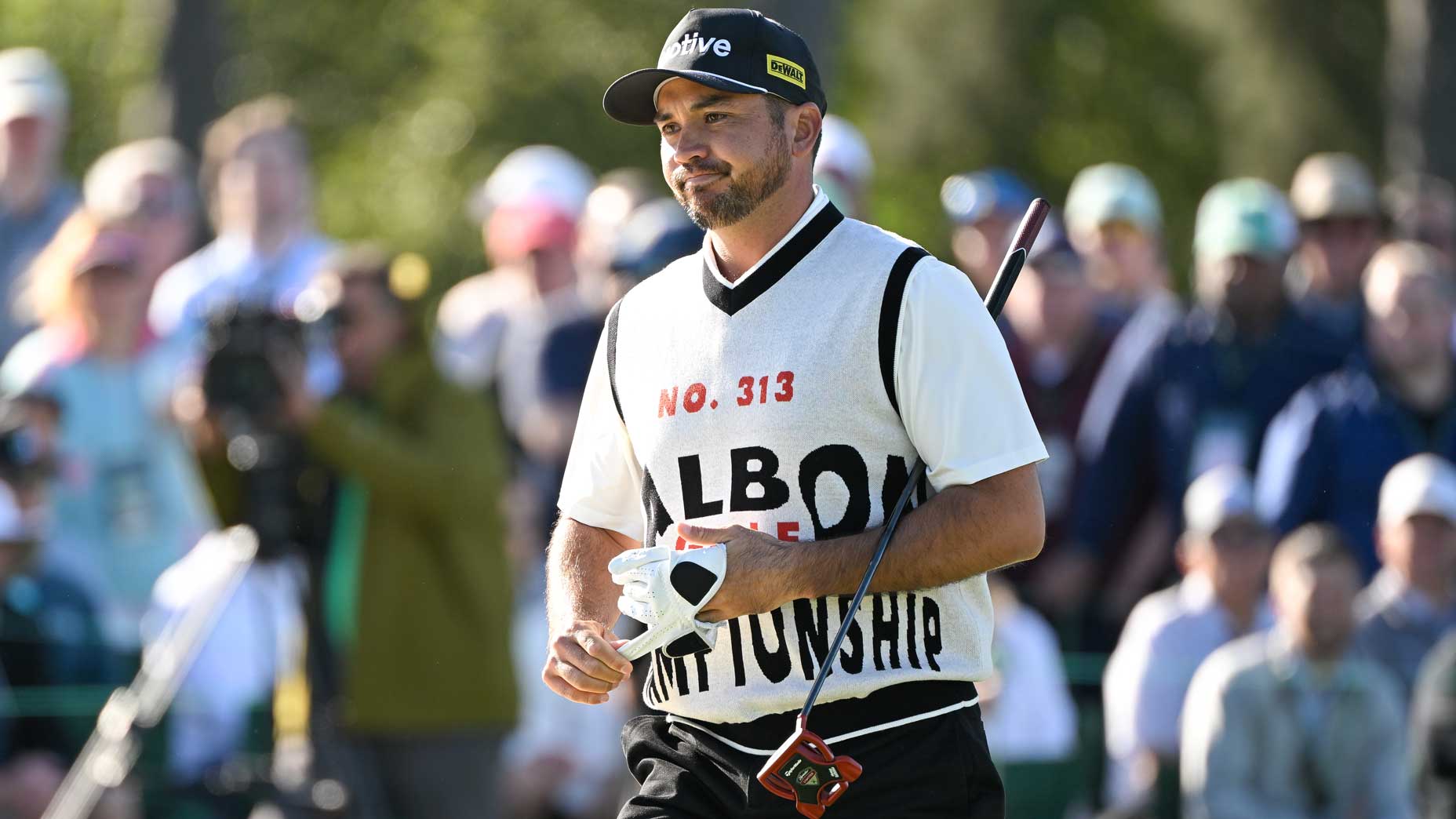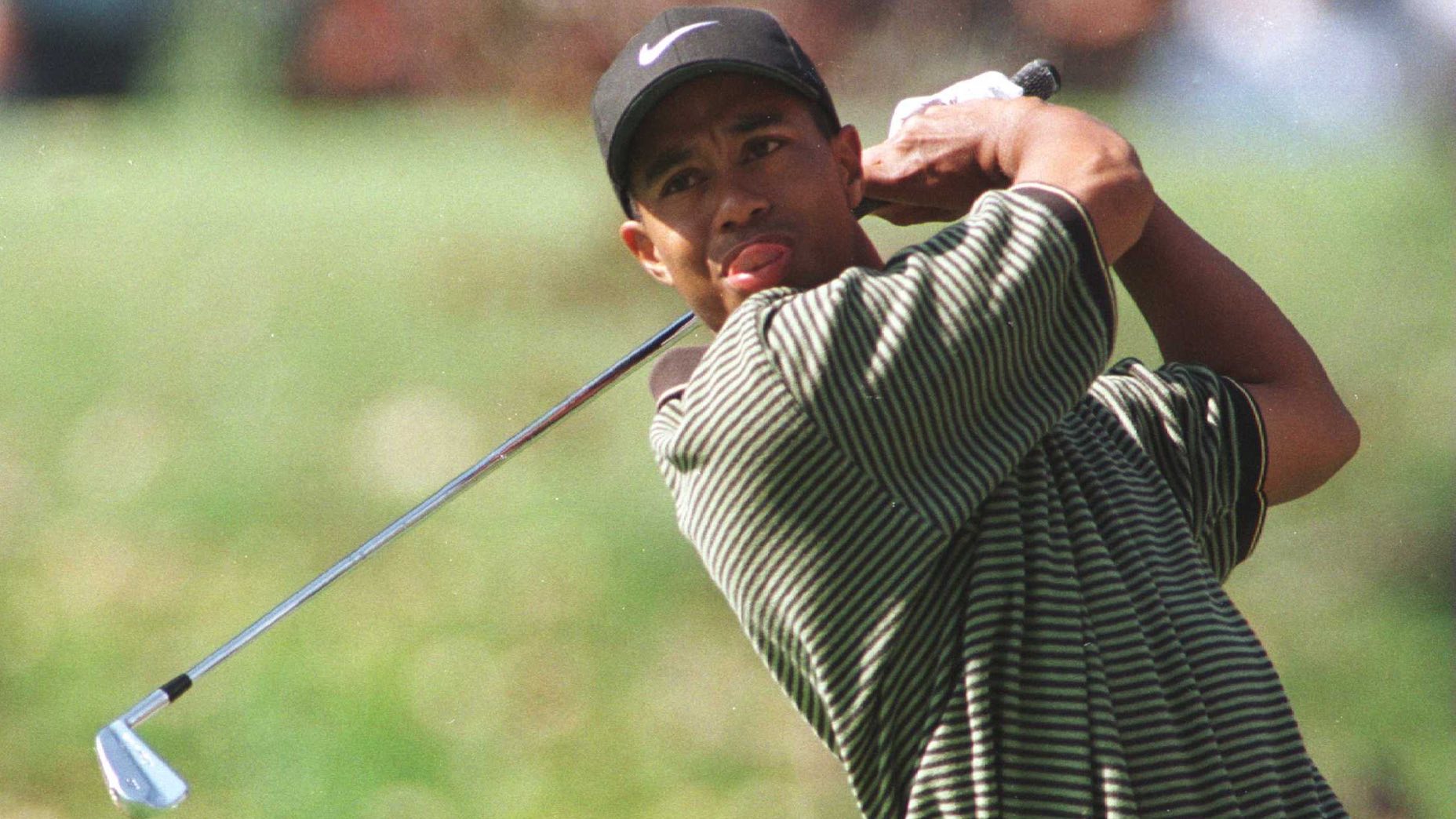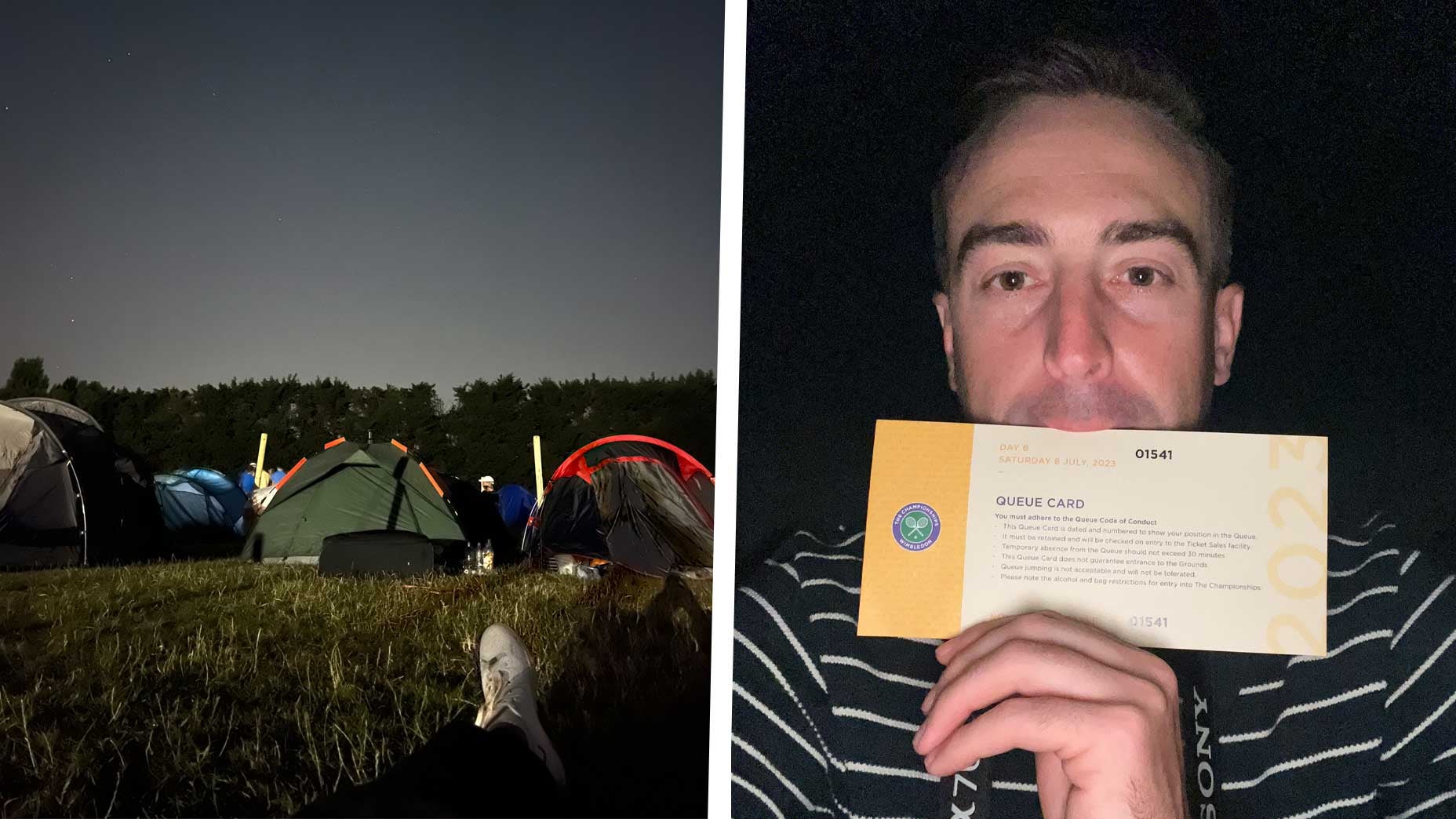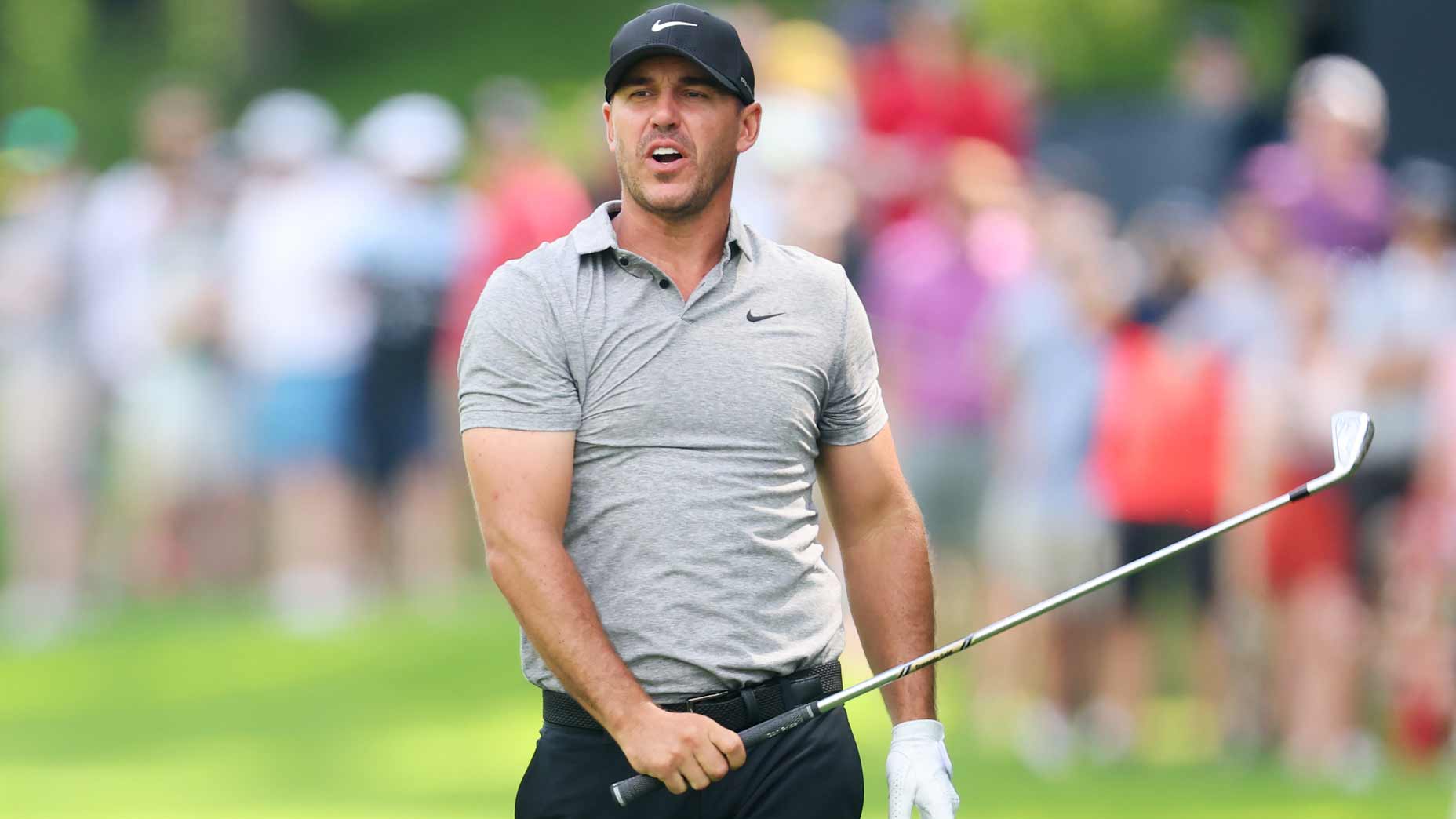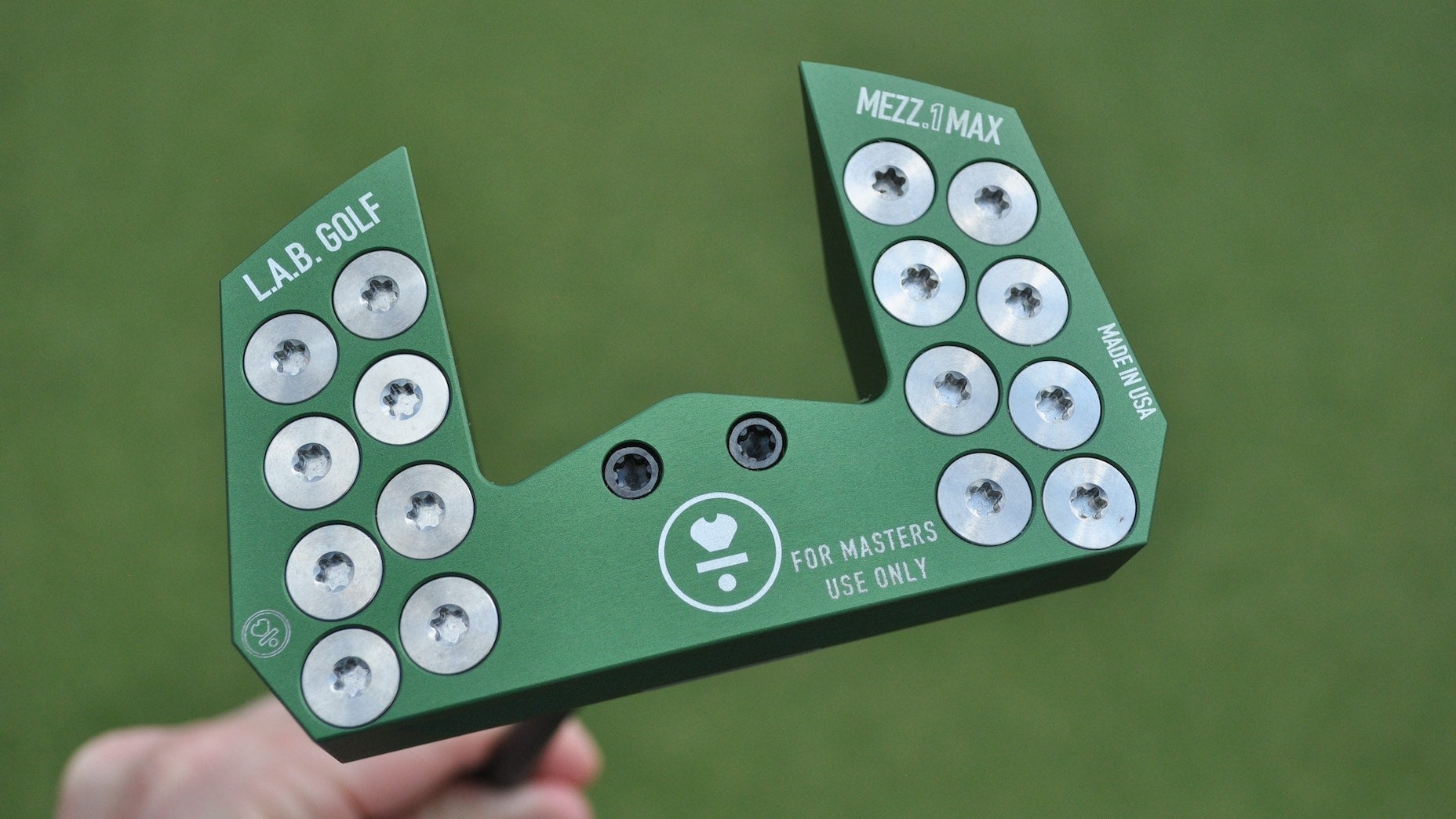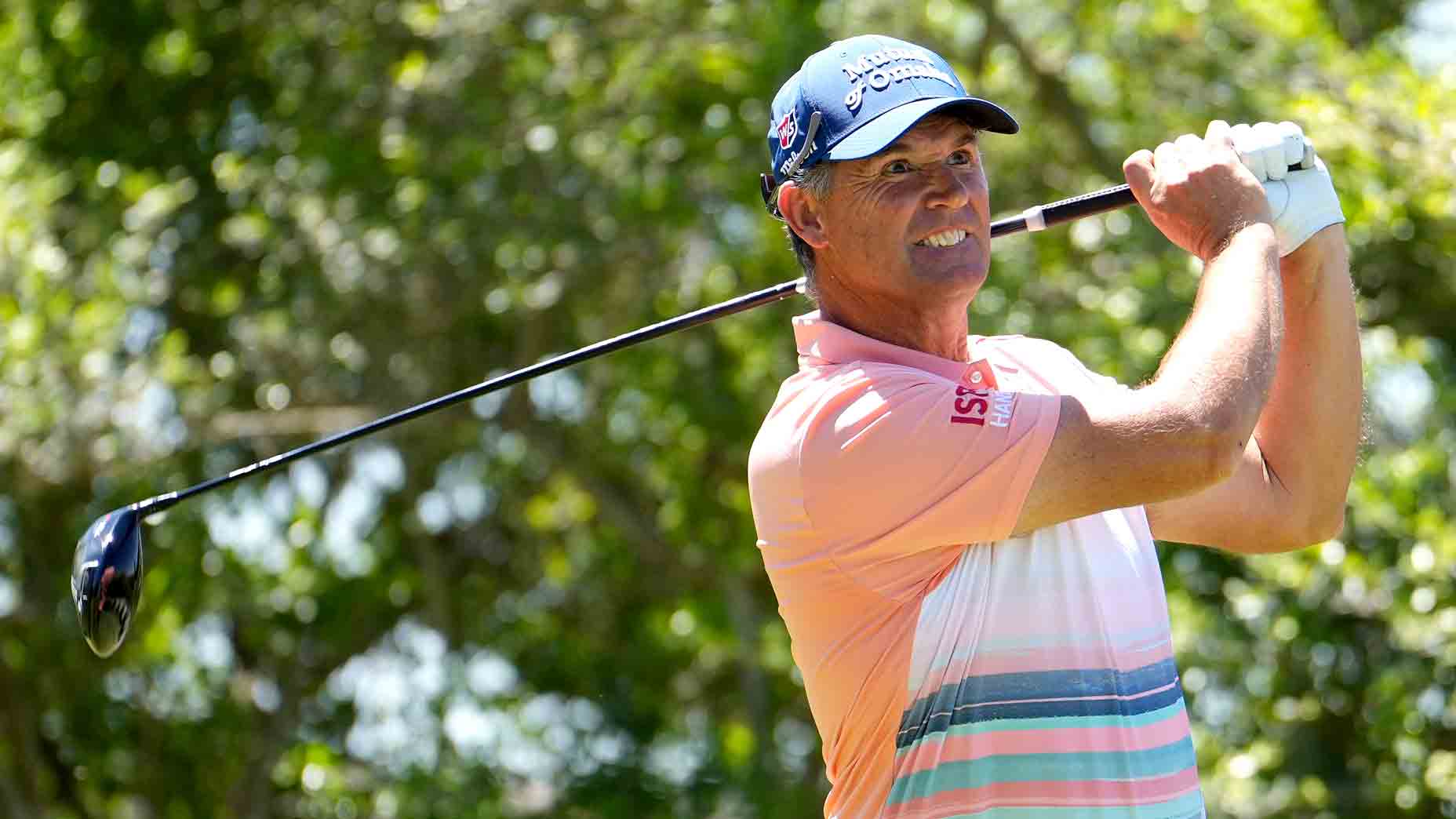Tony Finau’s infamous Masters injury was even worse than people realized

This image is part of Masters history. Finau's top 10 that week adds some legendary context.
Getty Images
AUGUSTA, Ga. — Abnormal as Tony Finau’s shortened backswing may be, his finishing position matches that of most PGA Tour players. Fully committed, on the left side, he says. “To me, there’s no hanging back.”
No, there’s no hanging back in anyone’s swing. Unless, of course, they’ve ruptured their ankle in a traumatic accident 24 hours prior.
We are, of course, talking about Finau’s 2018 Masters, where a fluke injury put his Augusta National debut in serious question. Talking with GOLF.com last month, it was much more than just a one-week alteration. It impacted his swing habits and abilities for an entire season on the PGA Tour.
First, the injury itself. You probably remember it. Finau made an ace on the par-3 course at Augusta National, his entire family behind him on the tee box, suited up in caddie bibs. It was an incredible moment for a family man, and he took off running down the slope toward the hole, surrounded by raucous applause. For the faint of heart, you may want to avoid clicking play on the video below, but here’s what happened next:
Finau’s ankle appeared to dislocate and get stuck slightly out of place. Was it a subluxation, a dislocation, or some other wacky injury? It didn’t really matter. Finau’s first Masters was in serious jeopardy.
Twenty-four hours, a rushed MRI and endless icing later, he somehow teed it up and finished in the top 10 that week. It’s a feat and moment that will forever define how the 2018 Masters will be remembered, but most of the golf world moved on after Patrick Reed won his green jacket. Finau didn’t quite have that luxury.
“Normally, I’m not thinking about my belt buckle [position] or anything,” Finau said earlier this spring, talking about his swing. “I know that if I hit a good shot, I’m looking at the target with damn near 80 or 90 percent of my weight on my left foot.”
But that Masters week, Finau wasn’t capable of putting weight on his left foot much at all. He and his coach Boyd Summerhays were forced to rush out a game plan of adjustments to make a very black and blue and tender ankle as comfortable as possible.
It started with an in-depth visit from his chiropractor to loosen up the ankle and break up as much scar tissue and swelling as they could. They visited the practice range earlier than normal on that Thursday and were lucky that Finau had secured an afternoon tee time. If he was scheduled to tee off in the morning, there was no chance, he says now, that he’d be able to play.
“I had to open [up my left foot] and put the ball way back,” Finau said. “I had to hang back and hit it off my back foot.”
The tall, limber, long hitter normally has a somewhat open left foot, but Summerhays forced Finau to open it even further, focusing on the position of the big left toe to take pressure off the ankle joint at and following impact. As for the right foot, focus that post-swing weight on his right big toe. That’s the swing thought.
Finau also normally positions his ball centered off his chest bone for his iron shots, and slightly forward of that for driver. But now he had to put the ball back in his stance, behind his chest bone, and really swing up on the ball. Placing weight on that left foot, obviously, was not going to happen. In fact, Finau couldn’t place his typical 80 to 90 percent of his weight on his left foot for an entire year.
What Finau had working to his benefit, Summerhays said, was an abnormal amount of forward shaft lean. “If he didn’t have [that], I don’t know if he could have done it,” Summerhays said.
Hanging back, with a backward ball position, coupled with a bunch of forward shaft lean resulted in a lot of “balloon balls,” as Summerhays put it. It worked for a warm week at Augusta National where the ball flies a long way. But the rest of the year would include plenty of long, soft golf courses. And making a change like that created habits in Finau’s injury-adjusted swing that the two of them spent months trying to work him out of.
“It changed my footwork for a long time,” Finau added. “I think even to this day I have some tendencies …”
One could imagine how much his driver spin rates were fluctuating as Finau’s comfort changed over weeks of intense therapy. But hitting out of bunkers? That was the worst. Finau was even more desperate to avoid the sand since bunker shots often demand putting holding weight on the front foot all the way through contact.
With three years of hindsight, looking back at the results, both Finau and Summerhays consider that week and the months that followed to be some of the best work of their nine-year career together.
“I finished in the top 10 [at Augusta]. I was in the final group at the U.S. Open two months later,” Finau said. He qualified for his first Ryder Cup, too.
“I look at that year and I’m like, ‘How did I even?’ I just look at it and I’m like, ‘That was amazing.’”




